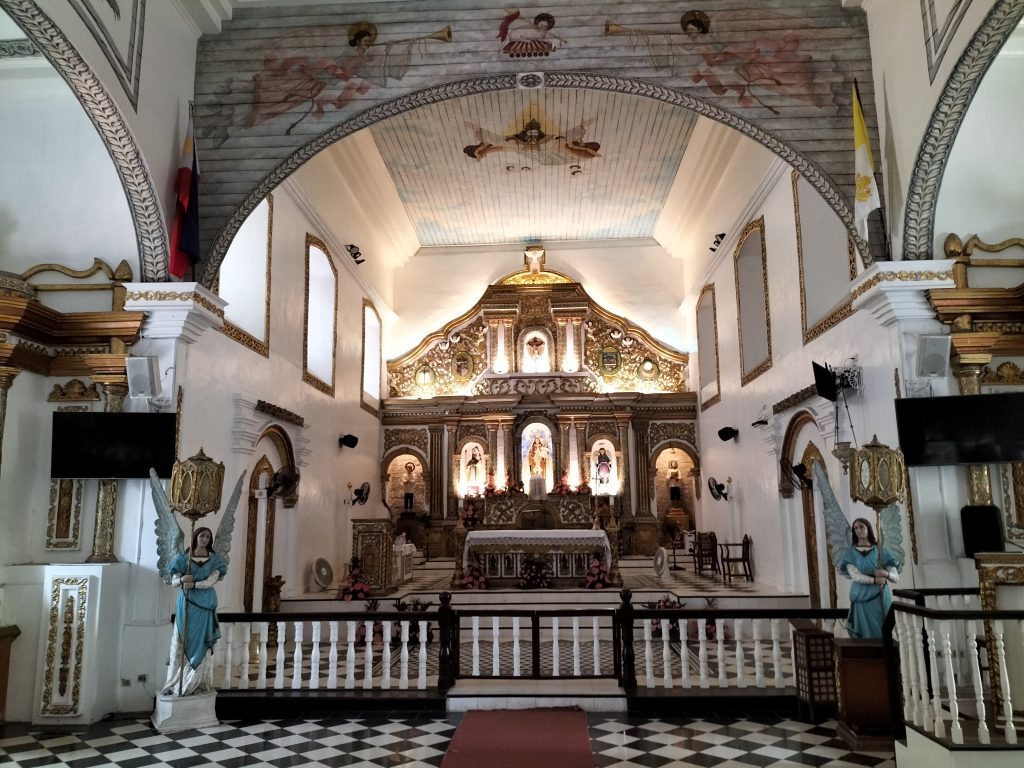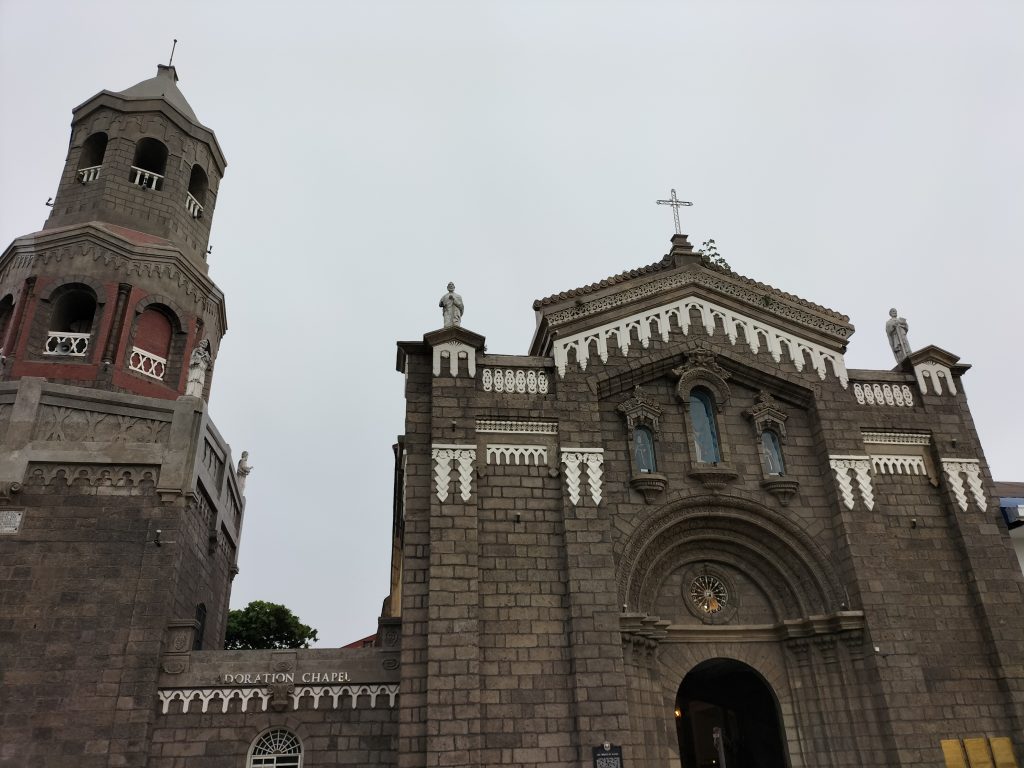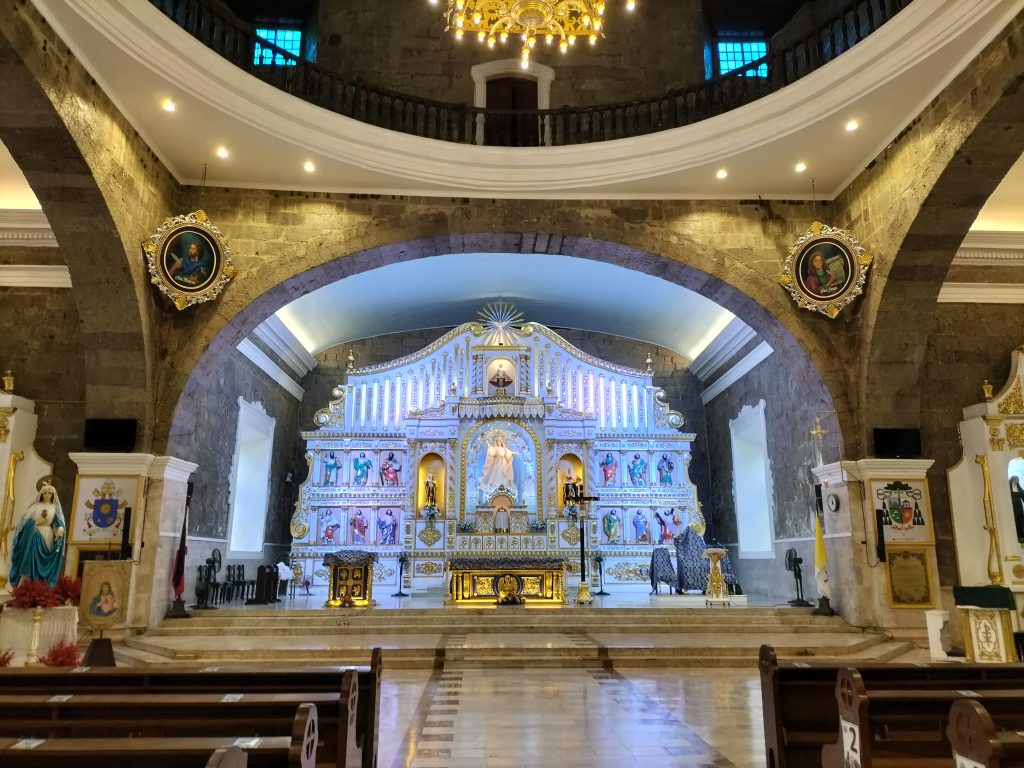
The Barasoain Church in Malolos, Bulacan, has been witness to many important moments in the country’s rich history for more than a century. It is a symbol of faith as well as political history—(it’s where the Constitutional Convention of the first Philippine Republic was held).
In more recent times, the Barasoain Church gained more prominence and further became part of the culture because its image has been featured in different monetary bills over the years. It has featured in the 1985 and 1997 New Design series P10 peso bills. In December 2010, the Barasoain Church was featured in the P200 paper bill until 2017 (it has been replaced with the scene of the opening of the Malolos Congress in newer banknotes).
The Barasoin Church is just one of the two churches that we visited in a recent trip to Malolos as part of the NLEX Lakbay Norte familiarization tour, which aims to spur more travel to the north. In other words, it’s meant to entice people to go on that road trip that they had been holding for for more than a year because of the pandemic.

The church’s charming facade and ideal location has helped it become one of Malolos City’s most famous landmarks. Around the church, a plethora of commercial activity abound, with schools, banks, subdivisions, and hospitals, that have chosen to establish roots near the church.
The next church we visited was the Nuestra Señora dela Asuncion Church in Bulakan, Bulacan. Declared as a National Cultural Heritage site in 2007 by the National Museum of the Philippines, the 19th century Neo-Byzantine-Romanesque stone church displays Moorish features and is believed to be where Gregorio H. del Pilar secretly distributed anti-Spanish colonization pamphlets during the Spanish era.
Also known as the Bulakan Church, the parish has undergone several extensive restorations in the over 400 years since it was first established.

In more recent years, the Mudejar-style main door (depicting the history of the town and its patron saints) has been replaced. There’s also a new retablo or altarpiece that has replaced the 1950s installation.
Major repairs were also done on the bell tower. While going up the bell tower isn’t open to the public (due to safety concerns), it was one of the highlights of our NLEX Lakbay Norte Trip. From up there, you have a 360-degree view of your surroundings, including the massive Philippine Arena.
All of this is to say that Malolos and neighboring towns are a worthy destination for a nice road trip to the north, especially for individuals looking to connect (or reconnect) with their spiritual side or learn how religious places figure into some of the country’s most important political happenings.
















